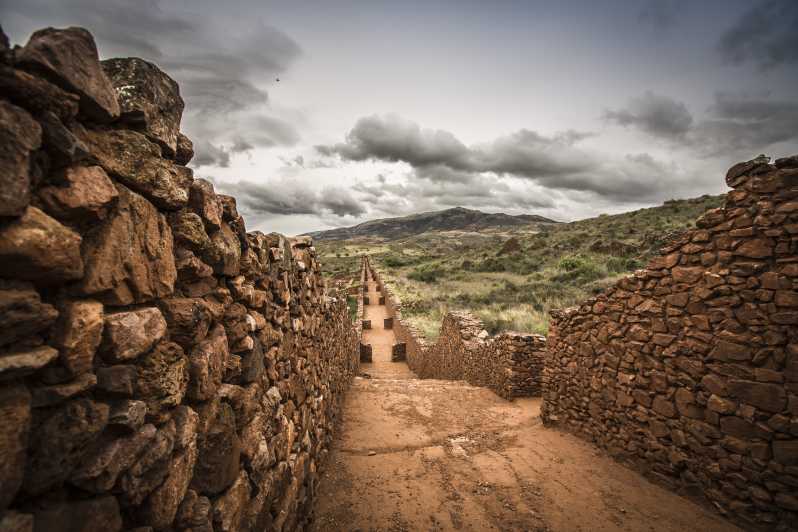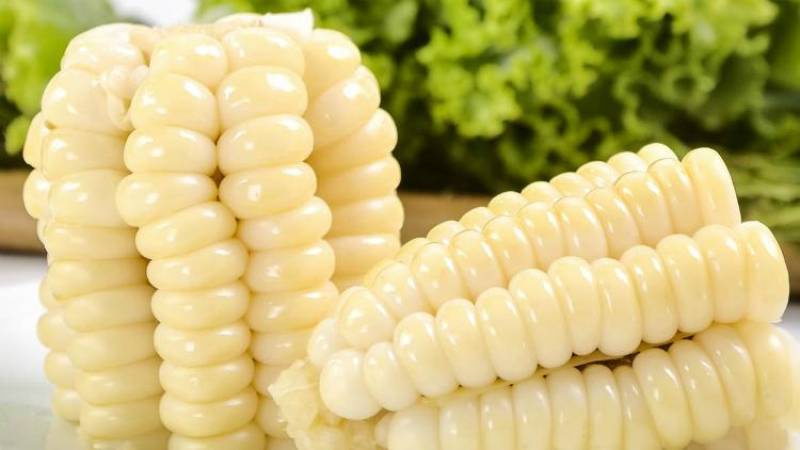The Pikillaqta Ruins or Flea Town Near Cusco
James Bustamante is Native to New York but born to Peruvian parents. He has been traveling throughout Latin America since early 2003 and finally made his home in Peru. James has made his way by eating and traveling through almost every country in Central and South America.
Last Updated on December 18, 2023 by James Bustamante
The Pikillaqta ruins are part of an archaeological complex that houses over 2,000-year-old structures. Pikillaqta is the word for flea town in Quechua. However, scholars are unsure of the origin of the name. Pikillacta was a major urban center of the Wari culture, which flourished in the Andes between about 600 and 1100 AD, predating the Inca civilization.
What Does Pikillaqta Mean?
Pikillaqta, sometimes written as Pikillacta or Piquillacta, is written in the Quechua language and is composed of “Piki,” meaning “flea,” and “data,” representing “place.” So the name translates to flea place; however, “data” was used to describe a town, village, community, nation, or even country in this native tongue. Quechua, or different versions, was widely spoken in the region before the Incan Empire made it their official language.
Scholars are still determining what this village or the Wari culture initially called the ruins since The Inca renamed this complex when they took over. However, the name used in their empire has yet to be discovered. A few archaeologists suggest that they used the term “Muyuna,” meaning “bend,” to describe the town but cannot confirm the veracity.
Where is Pikillaqcta Located?
Pikillaqta is located in the Cusco region of Peru, high within the Andes mountain range. The town is situated about 18 miles (30 kilometers) southeast of Cusco City, near the village of Huacarpay in the province of Quispicanchis. More specifically, in the section of Cusco near hilly terrain on the Lucre Basin at over 10,662.73 feet above sea level(3,250 meters above sea level).
The archaeological site is in the Andean highlands, offering a picturesque setting surrounded by mountains and overlooking the scenic Huacarpay Lake. This location places Pikillaqta within the South Valley (Valle Sur) area, which is rich in cultural and historical significance and features a variety of archaeological sites and natural attractions. Pikillaqta’s proximity to Cusco makes it an accessible destination for visitors interested in exploring the ancient cultures of Peru beyond the well-known Incan sites.
How Do I Get to Pikillaqta?
To get to Pikillaqta, you must travel 12.42 miles (20 km) outside of Cusco, going east until you reach the Quispicanchi province on the route heading towards Puno and Arequipa. It’s a relatively short drive by car; you can even take a bus to the village of Pikillaqta.
It price for the bus ride to get to Pikillaqta from Cusco is $1 or 3.6 Peruvian Buenos Soles
The Purpose of The Pikillaqta Ruins
The first people to inhabit this area were the Wari, a culture that predated the Incan empire. At the height of the reign of the Incas, this area was conquered and formed part of the Tahuantinsuyo Empire (Incan Empire).
The Pikillaqta ruins can be described as an unfinished village. The Wari left the complex before being able to culminate the work on the buildings. There are over 600 pieces of construction in Pikillaqta, including wide-open fields scattered in the village as well as “Tambos,” which were constructions meant for storage.
The central court in the middle of the Pikillaqta site was most likely reserved for religious practice, administrative services, and rituals. Scholars believe that the ruins of Pikillaqta were used as a place of gathering and celebrations. The ruling Wari would have festivities where the prominent families would get together for food and drink.
The plaza was influential in the Pikillaqta ruins; however, other locations might have been more critical for ceremonial purposes. The remains of niched halls appear to have been very important when it came to celebrations; archaeologists found 18 galleries.
Abandonment of Pikillaqta
Pikillaqta town was inhabited from 550 AD to around 1100 AD when the Wari culture mysteriously left the location. Archaeologists are not sure what drove the Wari to eventually leave Pikillaqta however it is theorized that the Wari were trying to expand their empire elsewhere and planned to return. The truth is that the complex was abandoned without the construction is completely finished.
Apparently, the abandonment of Pikillaqta was followed by a massive fire. This further adds to the mystery since the blaze happened sometime after the Wari had already left the complex.
After the Wari left Pikillaqta, there seem to have been people that were not part of the Wari, that decided to try to destroy the abandoned ruins by setting fire to them. There are beams that have been carbonized which suggest the fire might have been deliberate.
Scholars believe the attempted expansion of the Wari is what seems to have driven the end of their empire.
The Pikillaqta Climate
The climate at Pikillaqta closely mirrors those of Cusco and its adjacent regions. Typically, the area experiences an average daytime temperature of approximately 70 degrees Fahrenheit (19 degrees Celsius). The onset of the rainy season is observed around mid-November, extending through to March of the subsequent year.
Visitors are welcome to explore Pikillaqta, known locally as the “flea town,” at any time of the year. However, for those seeking the most favorable weather conditions, it is advisable to plan a visit between the months of April and October, when the climate is generally more pleasant and conducive to outdoor activities.
Agriculture At Pikillaqta
Similarly to the Incas, the Wari depended on maize since it was one of their most important crops. This crop was so crucial to the Wari people that their pottery had maize painted on it, along with deities.
Water was an essential commodity for the Wari; the nearest available supply was the Wakarpay lagoon, almost a mile away. To grow maize and other crops, the Pikillaqta used a system of aqueducts, canals, reservoirs, and terraces. The local people had a hydraulic network that would permit irrigation. The water for the network would primarily come from the region’s rainfall.
What to Pack for The Pikillaqta Ruins?
The Pikillaqta ruins are in the highland region, so it is important to basically pack as if you were going on the Machu Picchu hike, Cusco city tour, or Sacred Valley tour.
- Bring Sunglasses and Sunblock
- Cap or hat for protection from the sun (see a pattern?)
- Chapstick or lip balm is particularly important during the wet season.
- Insect repellent (particularly important during the wet season)
- Rain poncho
- Comfortable hiking shoes (boots not necessary)
- Hiking style pants, anything that is comfortable and dries quickly.
- T-shirts, light jackets, sweaters, or jumpers.
- Snacks
Tips For Visiting Pikillaqta
Just like if you were visiting any other area near the Peruvian highlands, make sure to have comfortable footwear to hike throughout the day. If you are traveling during the dry season, remember to wear a hat to help protect you from the sun. Since we are so high in elevation, the sun can really burn even when it is not particularly hot.
If you plan on traveling during the rainy season, then make sure always to have a rain poncho handy. It can be sunny with apparently great weather during the rainy seasons, but that can change in an instant, so proper gear is a must.
Conclusion
The Pikillaqta ruins are an interesting set of old constructions to visit. One of the biggest attractions of the location is the fact that it predates the Incan Empire. In order to program a visit to Pikillaqta, or “the Inca flea town,” contact one of our travel advisers today for an itinerary for a Peru tour package.





